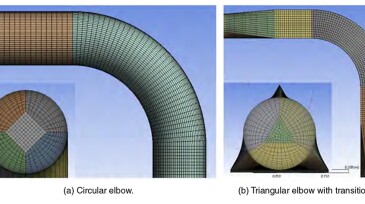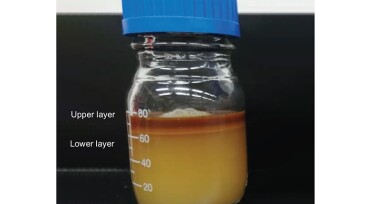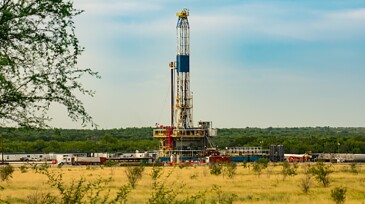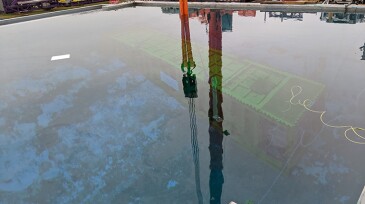Flow assurance
The research facility said it plans to add multiphase-flow-testing capabilities for heavy oil and different viscosities.
This paper compares various drainage strategies and well completion configurations on the installation of inflow control technology by considering energy efficiency.
A new tubing-conveyed tool combines wellbore cleanout with multi-tracer deployment for production diagnostics and reservoir monitoring.
-
This paper presents a survey of air/water and air/water/sand flow through circular and triangular pipes to study potential effects of triangular pipe geometry.
-
The authors of this paper discuss a robust omniphobic surface treatment material shown to significantly reduce the adhesion of flow-assurance solids.
-
This paper presents software used to understand how foams can alleviate slugging in pipelines.
-
The authors of this paper describe a study of magnesian calcite particles forming hard, inhibitor-resistant calcium-carbonate-like deposits and potential mitigation measures.
-
Flow assurance effects from slugging and various types of solids deposition during engineering, design, maintenance, and operations still create challenging technical issues needing safe, economical solutions. The recurring long-term mitigation of flow assurance phenomena such as the deposition of wax, erosion, asphaltenes, corrosion, and salt, still demands attention…
-
Aramco investigates expanding the use of lasers in the upstream sector of the oil field.
-
This case study demonstrates an estimated cost savings of AICD completions in six wells of more than $20 million in capital and operating expenses compared with a more conventional sliding side door completion to manage gas breakthrough.
-
This paper is the second of a two-part series. It covers facilities problems caused by iron, injectivity problems caused by iron, and the mitigation of colloidal iron-related problems.
-
The difficulty in selling a chemical to aid subsea pipeline flow has been delivering it to the wells.
-
An integrated multidisciplinary work flow can improve the assessment of pipeline slugging fatigue for offshore field developments.













